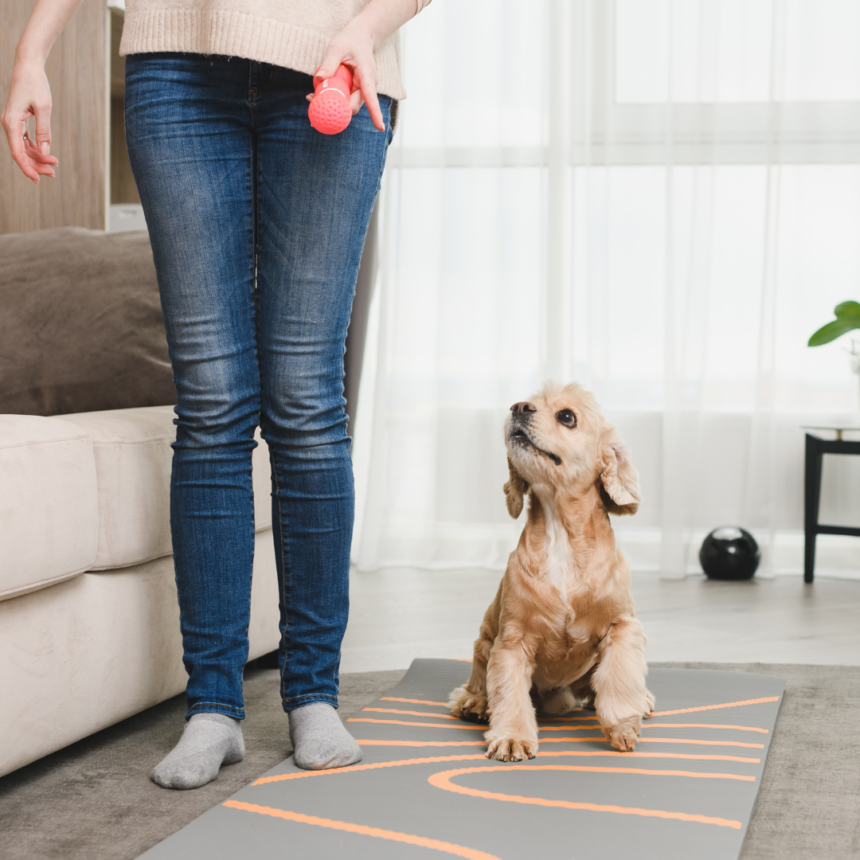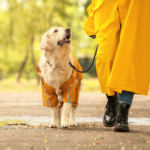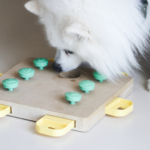Introduction
Embarking on the journey of potty training your furry friend is a crucial step in ensuring a harmonious coexistence. However, this process often comes with its fair share of challenges. In this guide, we’ll delve into common hurdles faced during dog housebreaking and offer practical solutions to turn your potty training woes into successes.
Understanding Canine Communication
Understanding your dog’s communication is pivotal in successful potty training, as misinterpreting signals can lead to indoor accidents. Dogs communicate their need to eliminate through subtle cues, and recognizing these signs is crucial for preventing mishaps.
One common issue is the pet parent misinterpreting their dog’s signals, leading to confusion and accidents. Signs like restlessness, sniffing around, or circling are clear indicators that your furry friend is expressing the need to relieve themselves. Failure to recognize these cues may result in missed opportunities for outdoor elimination, contributing to accidents indoors.
To address this issue, it’s essential for pet parents to be educated on the nuances of canine communication. Empowering owners to recognize behaviors like pacing or sudden interest in a specific area enables them to respond promptly. Educating pet parents involves highlighting specific signs such as restlessness, where a dog may appear uneasy or fidgety. Sniffing, especially in a focused manner, signals an investigation of potential elimination spots. Circling is another indicator that your dog is preparing to relieve themselves. By understanding these behaviors, owners can proactively address their dog’s needs.
Prompt response is equally vital. Once pet parents recognize these signals, acting promptly by guiding the dog to the designated outdoor area reinforces positive behavior. This not only prevents accidents but also strengthens the communication bond between the dog and owner.
Establishing a Designated Elimination Area
In the realm of potty training, one common challenge is the lack of a defined elimination area, which can lead to confusion for both pets and their owners. To address this issue and facilitate successful housebreaking, it’s crucial to establish a designated elimination area with clear guidelines and positive reinforcement.
Without a designated area, dogs may struggle to understand where it’s appropriate to eliminate. This confusion can result in accidents indoors and impede the learning process. Recognizing this potential issue is the first step in crafting an effective solution. The selection of a specific outdoor spot is essential. Choose an area that is easily accessible and away from high-traffic zones. Dogs often rely on scent cues, so selecting a consistent spot helps them associate the location with the appropriate behavior.
Introduce cues to associate the chosen area with elimination. These cues can be verbal commands or specific phrases that signal it’s time to go potty. Consistently using these cues helps dogs understand the purpose of the designated spot, reinforcing positive behavior.
Encourage positive reinforcement when your dog uses the designated area. This can include verbal praise, treats, or affectionate gestures. Positive reinforcement strengthens the association between the elimination area and the reward, motivating your dog to consistently choose the correct location.
Regularly guide your dog to the chosen spot, especially during key times such as after meals or waking up. Consistency enhances the learning process and solidifies the connection between the outdoor space and appropriate elimination.
Addressing Anxiety and Fear
Potty training can become a challenging task when a dog experiences anxiety or fear associated with the process. Recognizing potential issues stemming from these emotions and implementing effective solutions is crucial for successful housebreaking.
Anxiety or fear can manifest during potty training, hindering a dog’s ability to associate the outdoor environment with a safe and comfortable space for elimination. This emotional distress can lead to accidents indoors, making it vital to address the root causes of anxiety or fear.
Creating a positive environment is paramount in alleviating anxiety during potty training. Ensure the outdoor space is inviting and secure. Remove potential stressors, such as loud noises or unfamiliar objects, from the vicinity. Consistency and patience play key roles in building a positive association with the outdoor bathroom area.
For dogs with heightened anxiety, consider using calming aids. These can include pheromone diffusers, sprays, or calming vests. These aids help create a soothing atmosphere, reducing stress associated with the potty training routine.
A gradual introduction to the training process can significantly reduce fear. Start by allowing your dog to explore the outdoor space without any pressure to perform. Encourage positive associations by spending quality time in the designated bathroom area, offering treats and praise.
Consistency in implementing calming strategies is key. Whether it’s creating a positive outdoor environment or using calming aids, maintain these practices throughout the housebreaking process. Be patient and understanding, providing reassurance to your dog during each step.
Conclusion
Mastering potty training is a shared achievement between pet parents and their dogs. By understanding their needs, staying consistent, and using positive reinforcement, you can transform challenges into successes, creating a happy and accident-free environment for both you and your furry companion.









